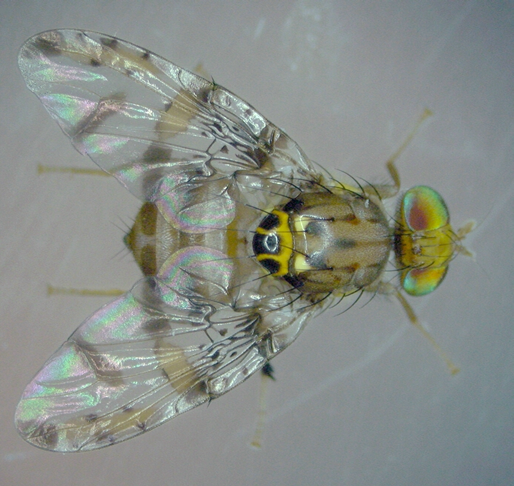13 August 2014 | By Madeleine Barton
Predicting the impacts of climate change on biological systems is a difficult, but necessary, challenge of ecological research. This challenge is particularly important for agricultural pests that can cause damage to a region’s economy and food security. In the case of invasive pest insects, land managers require information on not only the presence of a species, but also its relative performance at a given location (i.e. potential damage to crops). To make such predictions under novel climates, an understanding of the processes through which climate constrains, or enhances, an organism’s survival and performance is required.
In a recent study, C·I·B core team member Prof John Terblanche and Dr Madeleine Barton, both of whom are based at the Department of Conservation Ecology & Entomology, wrote a biophysical species distribution model focusing on the African Bollworm (Helicoverpa armigera). The model interprets spatially explicit data on climate and terrain into the microclimates encountered by the different life-history stages of the Bollworm (on the trunk of a tree, on a leaf within the canopy, or buried underground). Once conditions in the Bollworm’s immediate environment are determined, the model calculates the animal’s core-body temperature, and then draws on existing datasets to establish its capacity to survive. This process is performed at hourly time-steps, tracing the insect’s phenology throughout the year, and then repeated for multiple sites across a fruit-growing region of the Western Cape province.

The authors found that local topography had significant impacts on predicted core-body temperature and phenology: at higher altitudes, individuals should have a reduced number of generations although this effect was reduced on north-facing slopes in comparison to counterparts on south-facing slopes. As such, the timing of changeovers from one life-history stage to the next varied among locations. “These findings provide valuable insights into the appropriate timing of control efforts, and which areas are most likely to be invaded by the pests” says Barton. Further work will explore effects of climate change on this pest’s abundance and distribution in collaboration with Dr. Susana Clusella-Trullas.
Read the paper
For more information, contact Madeleine Barton at mbarton@sun.ac.za


